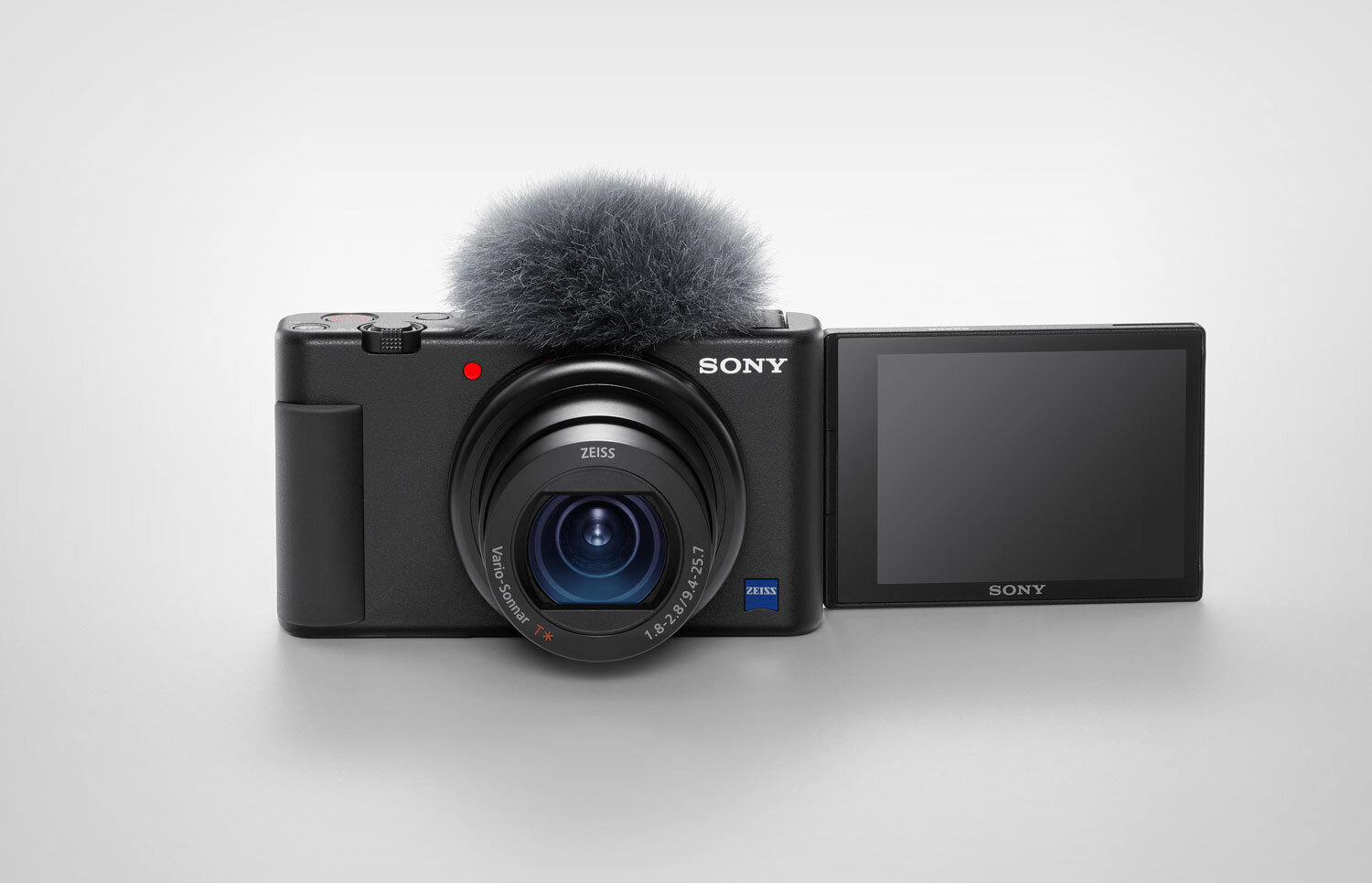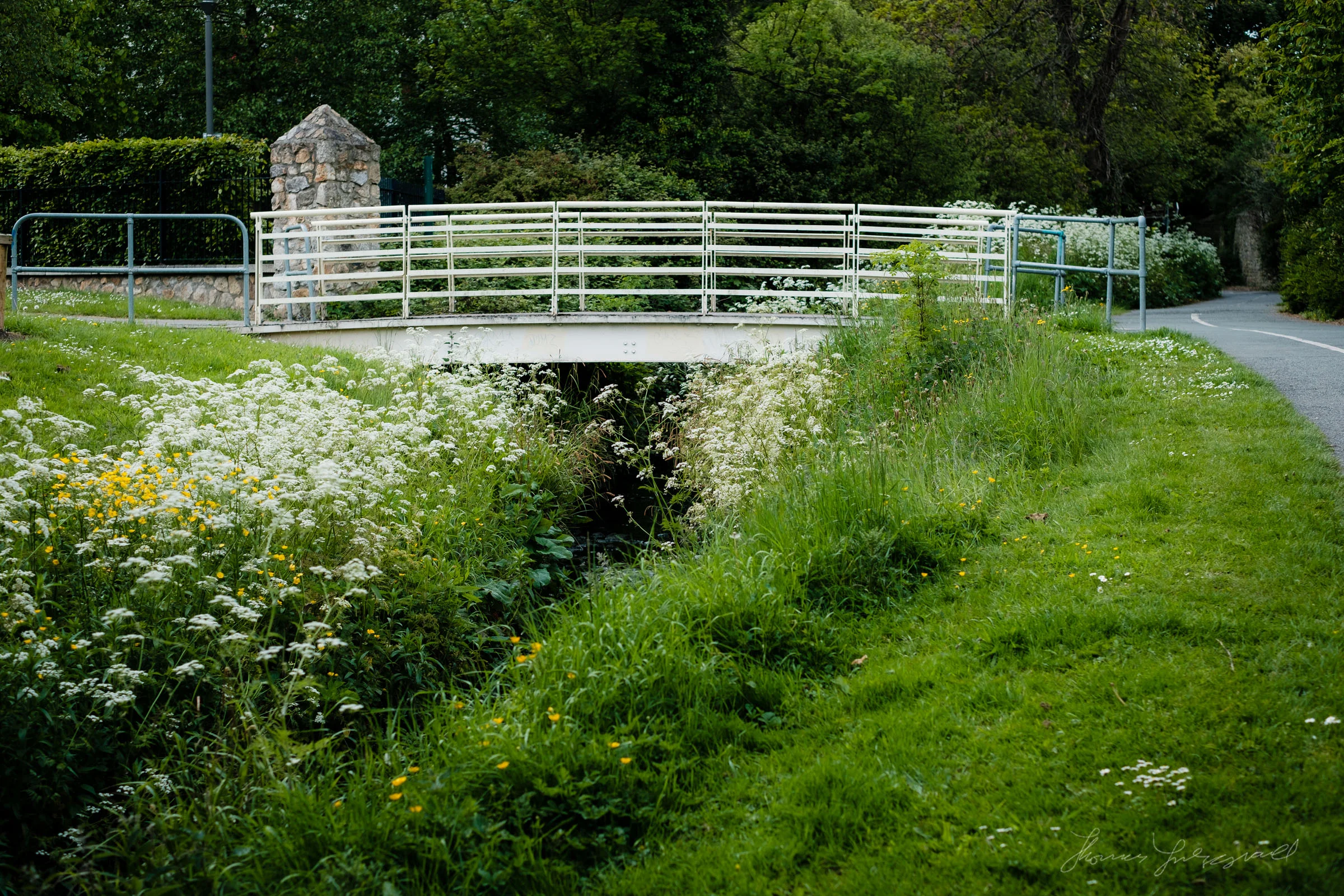How to Adjust the Default White Balance on the Sony A6000
In my previous article on using a custom calibration for the Sony A6000 in Lightroom, I mentioned that it can also be helpful to tweak the in-camera white balance defaults. A few people have asked me what I mean by this, so I've decided to do a very short tutorial on how to do it (it's not very complicated.)
So what do I mean by tweaking the white balance settings? Well, many cameras let you change the default white balance for settings such as "Daylight", "Cloudy" and so on. You do this by offsetting the normal value and making it either warmer or cooler, or add more magenta or green. You can also add an offset to the auto white balance settings too.
On the Sony A6000 this is fairly easy to do.
Step 1
Start by bring up the function menu, by pressing the FN button on the back of the camera. Move the curser to the white balance setting, and then press the centre button to select it.
Step 2
This will bring up a list of the white balance presets. Select the one you want to change (or use the currently selected one) and then press the right arrow button on the camera's rear dial d-pad.
Step 3
This will bring up a colour square with a cursor dot in the middle. This is the offset, and you can move the centre point by using the arrow keys on the d-pad. If you want the white balance setting to be warmer, then move the point to the redder side of the box. If you want it cooler, then move it in the opposite direction. To tint the image green, move the curser up, and to tint it magenta, move it down.
Step 4
Once you're finished, press the rear dial centre button again to save the changes and exit out. Make sure you do this before pressing the shutter button, as otherwise it won't be saved.
That's all there is to it. It's pretty simple. You should only ever need to move these by a point or two, and to reset them, just go back in and move the cursor back to the centre. Obviously you can make these tweaks in post production if you're shooting raw files too, but if you find that you're always offsetting the white balance, then setting it in camera can be useful too.
Help Support the Blog
Buy from our affiliates
If you want to help support our blog, you can do so if you buy anything from our affiliate partners:
- Capture One Pro is available in both subscription and perpetual licences available, in versions for all cameras, Fuji specific , Sony specific or Nikon specific. In addition you can get 10% off the price of any Capture One product by using the following code: TFPHOTO
- Capture One Professional Style Kits from Capture One.
- Luminar AI is available from Skylum Software. Get a 10% discount using the following code: TFP10
- Nik Collection from DXO Labs
- DXO Photo Lab
- DXO Pure Raw
- My Amazon Photo Recommendations
- My Favourite Mac Utility Application: Clean My Mac X from MacPaw
- The VPN I use regularly - Nord VPN - Save on 2 year deal (valid at the time of posting)
If you buy through the above links, we get a small commission, which helps run this site.
Check out my Capture One Style Packs
If you’re looking for some Film Effect, or black and White style packs for Capture One, check out my Capture One styles on my Gum Road Store.
Buy me a coffee!
If you’d rather not use Patreon, but still want to say thanks or help, then you can feed my caffeine habit and buy me a coffee via PayPal with a one off donation to my PayPal tip jar.
Join our Facebook Group
If you want to discuss anything you’ve read here on my website, or saw on my youtube channel, or if you want to share images you’ve created using any of my techniques or presets, then I’ve started a new Facebook Group just for that.
Note that this post contains paid affiliate links. We get a small commission for purchases made through these links, which helps run this site.
















